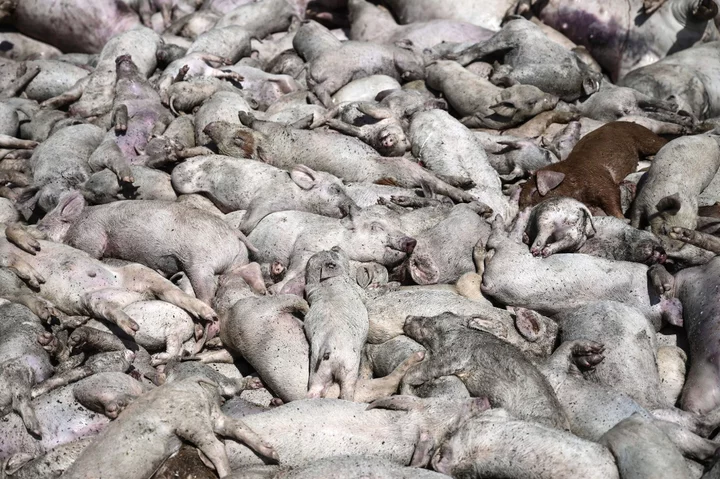What’s likely to be the hottest year on record brought never-before-seen rain to five continents, killing thousands of people and causing millions of dollars in economic losses.
The Earth’s atmosphere can hold more moisture at higher temperatures, which means global warming leads to heavier downpours. This year, record-hot oceans provided more fuel for storms. United Nations-backed scientists project that flooding will get worse as climate change, caused by carbon emissions from human activities, accelerates.
In Libya, Storm Daniel wrecked two poorly maintained dams and left more than 12,000 people dead or missing. Scientists have linked the storm’s strength to warmer temperatures. One hundred millimeters of rain fell on the city of Derna over four days in September, 100 times the average for the month.
Read More: How War and Aging Dams Left Libya Exposed to a Climate Superstorm
Daniel in September first lingered over Greece’s agricultural heartland for days, dropping more than a year of rainfall in one 24-hour span. About 90,000 sheep, goats, pigs and cows died, with damage estimates in the billions of euros.
Typhoon Doksuri made landfall in China’s Fujian province on July 28. One million people were forced to leave their homes. The storm then headed north, bringing the heaviest rainfall Beijing has experienced since records began being kept 140 years ago. Seven hundred and forty-five millimeters of rain fell over just five days in the Chinese capital, which sees about 566mm of rain in an average year.
Residents of Palm Springs, California, were forced to shelter behind sandbags when Hurricane Hilary arrived in August. A record 81mm of rain fell in a single day.
A cyclone over Rio Grande do Sul state in September caused floods and landslides, killing at least 37. The Taquari River’s sudden rise left 85% of the town of Muçum underwater.

